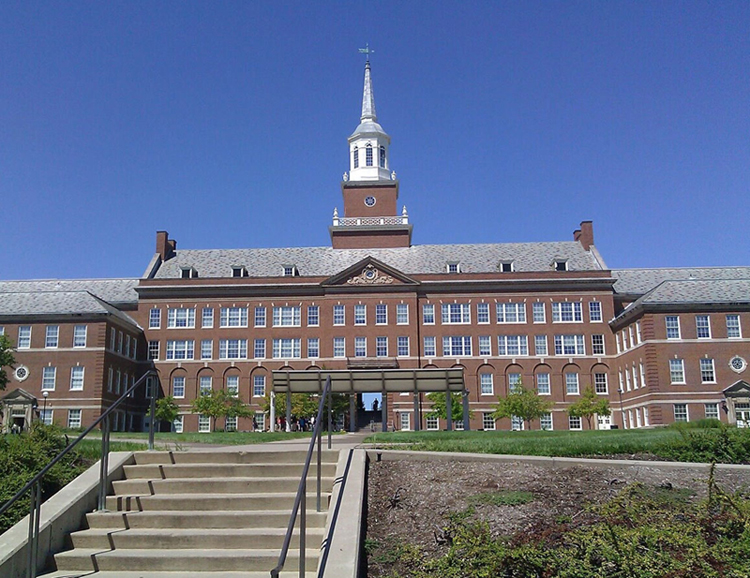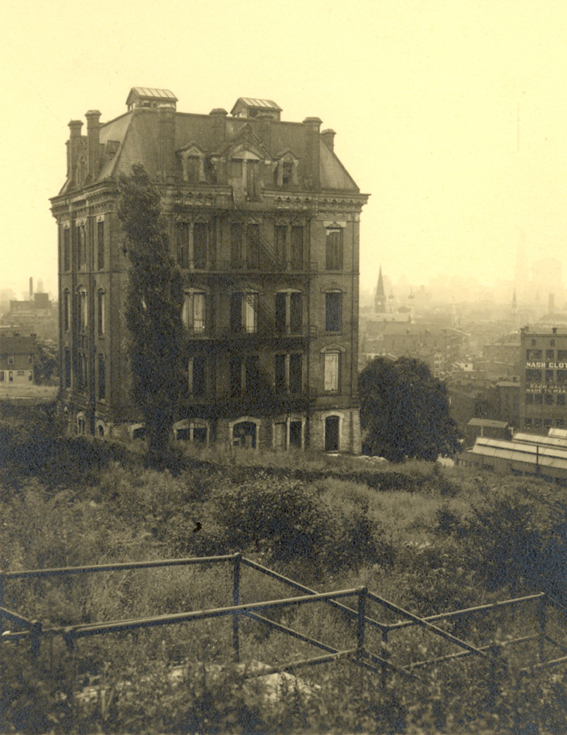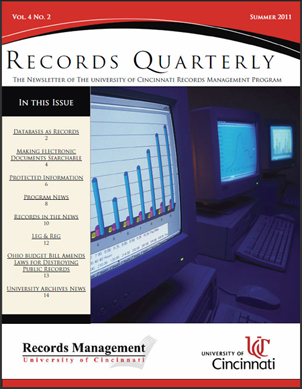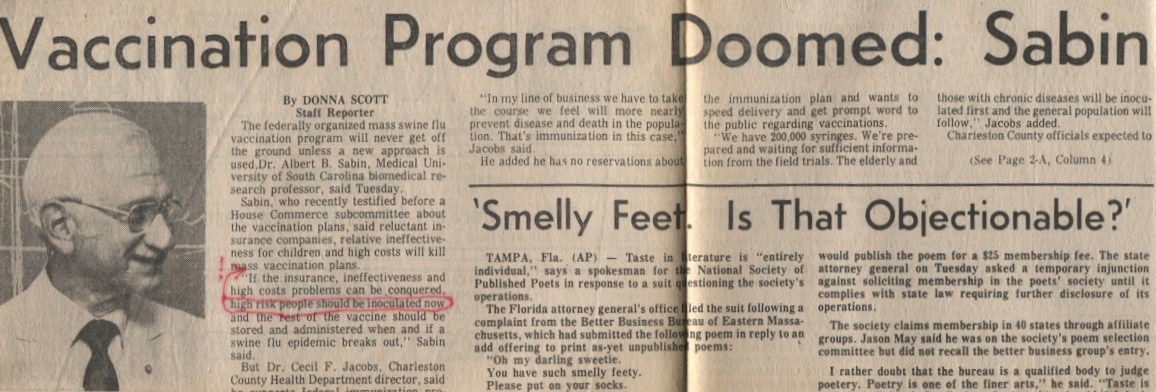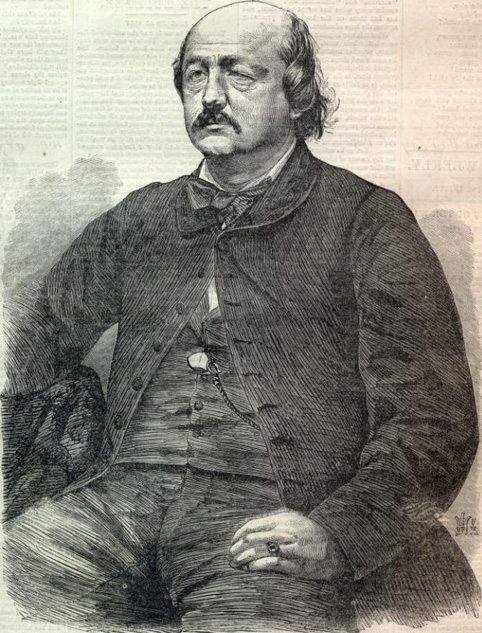By Janice Schulz
“We heard on every side, that of all the known places on ‘the globe called earth,’ Cincinnati was the most favourable for a young man to settle in…”
From Domestic Manners of the Americans
___________________________________
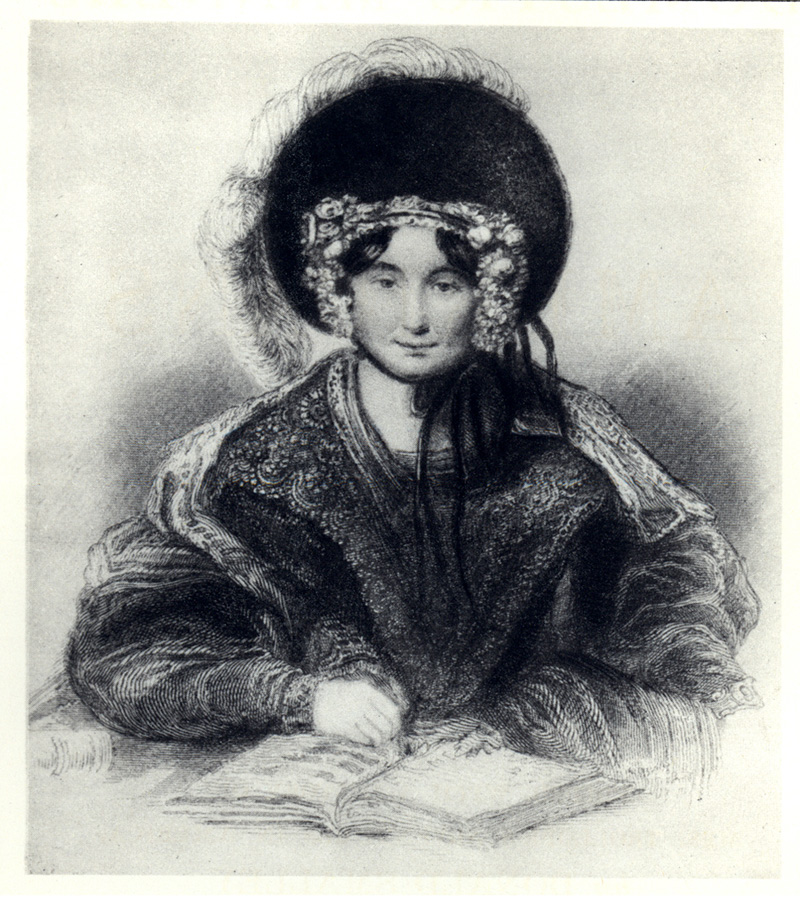
Mrs. Frances Trollope
London gentlewoman Mrs. Frances Trollope had an idea. She would open a shop – a shop in America where she could offer the residents of that fast-growing country the finer things in life – unique items that they otherwise would not have the chance to purchase. Her middle son Henry could run the store, establish himself in a lucrative business, and take advantage of the opportunities that America had to offer a young man. Although possessed of the highest manners and an impressive family background, the Trollopes were not wealthy by the definition of London society, a fact that seriously interfered with Mrs. Trollope’s plans, especially for her children’s future. So she looked to America, and specifically to Cincinnati, to provide the right economic climate and market for her shop idea. In the end the venture was not a smashing success and her expectations of Cincinnati were far from confirmed, but the trip resulted in what would become Mrs. Trollope’s crowning glory, Domestic Manners of the Americans, a travel log of her adventures in the United States. While the book earned Mrs. Trollope popularity and was hailed as a triumph in her homeland, its revelations of uncultured Americans served to portray her as a snobbish villain in the States, particularly with the residents of Cincinnati. Continue reading →
 The Ohio Electronic Records Committee (OhioERC) is a statewide group of records managers, archivists, legal professionals, and information technology professionals devoted to providing guidance for the management of electronic records in Ohio’s state agencies. There are currently twenty members, including representatives from state, county, and local government and Ohio’s public universities. University of Cincinnati Records Manager Janice Schulz has served on the OhioERC since 2006 and was elected as Secretary in 2008. Continue reading
The Ohio Electronic Records Committee (OhioERC) is a statewide group of records managers, archivists, legal professionals, and information technology professionals devoted to providing guidance for the management of electronic records in Ohio’s state agencies. There are currently twenty members, including representatives from state, county, and local government and Ohio’s public universities. University of Cincinnati Records Manager Janice Schulz has served on the OhioERC since 2006 and was elected as Secretary in 2008. Continue reading 
